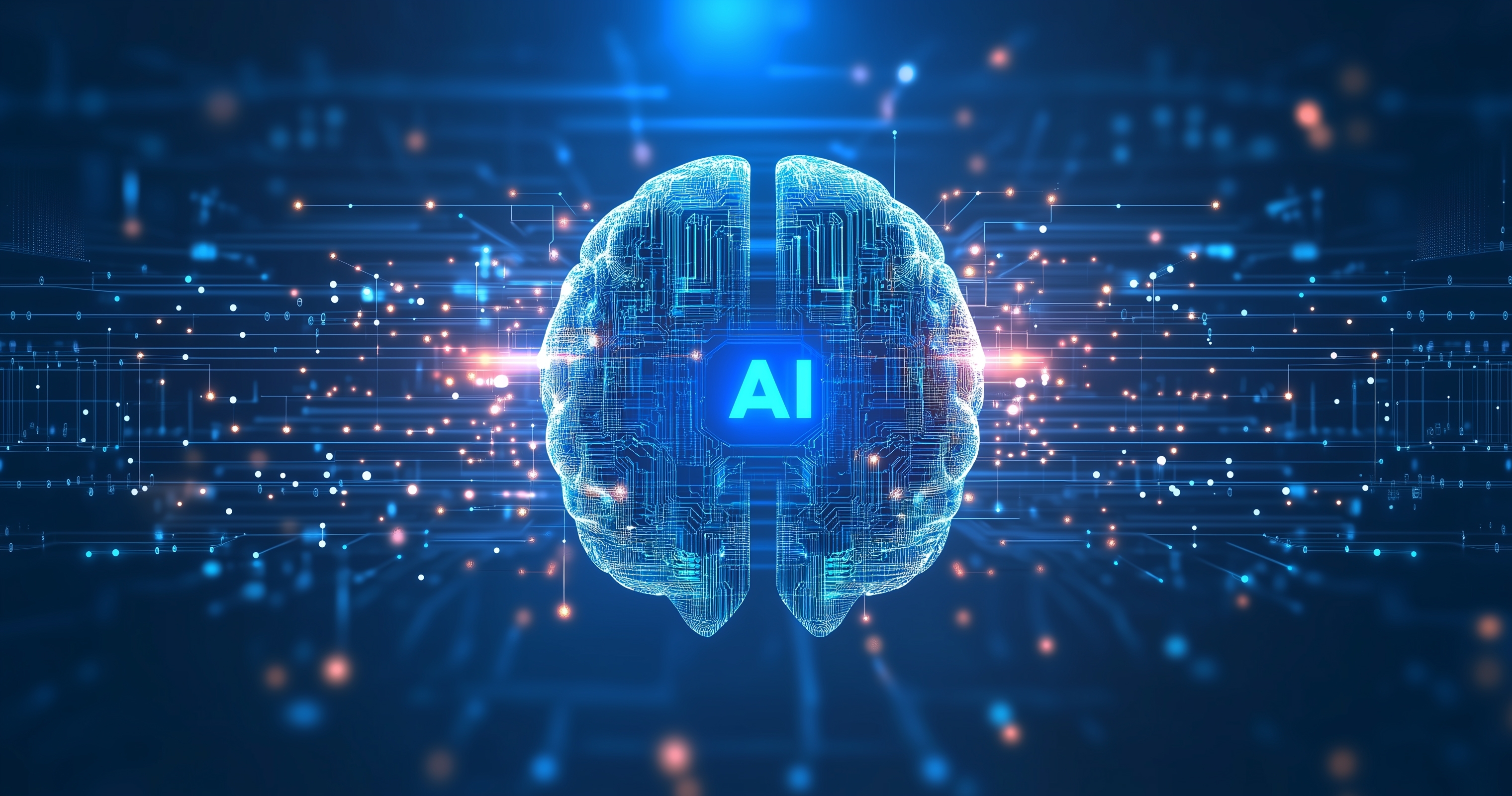As the capabilities of generative AI continue to grow, so do concerns that artificial intelligence might replace human roles, particularly in creative fields like design, writing, and art. However, the reality is that AI—especially generative AI—is more likely to support creators and designers rather than replace them. The key lies in how we leverage this technology to enhance human creativity rather than see it as a substitute.
In this blog, we'll explore how generative AI can be used to empower creators and designers, boosting productivity, inspiration, and innovation while allowing them to focus on what they do best—being creative.
1. AI as a Creative Collaborator
Generative AI can act as a collaborative partner, offering new perspectives and ideas that human creators may not have considered. Rather than doing the creative work itself, AI can serve as a brainstorming tool, generating a wide range of possibilities that help inspire and shape the designer’s final vision.
For example, designers can use AI-powered tools like DALL·E or MidJourney to quickly generate multiple visual concepts based on specific prompts. These tools don’t replace the designer’s input but instead expand the creative palette, offering fresh ideas that can be refined and adapted to fit a particular project.
Similarly, writers can utilize AI models like GPT to help overcome writer’s block or to explore new directions for their content. By providing a base for further refinement, these AI tools empower creators to stretch their ideas while still maintaining complete control over the final outcome.
2. Amplifying Efficiency, Not Replacing Expertise
One of the strongest advantages of generative AI is its ability to handle repetitive and time-consuming tasks, giving creators more time to focus on the strategic and high-level aspects of their work. AI can automate mundane tasks like resizing images, generating multiple design variations, or even organizing vast libraries of assets.
For example, in graphic design, tools like Adobe’s AI-driven Sensei can automate routine tasks such as removing backgrounds or aligning design elements, tasks that would otherwise take valuable time away from the creative process. By automating these functions, AI enhances productivity while ensuring that creators retain full control over their projects.
This symbiotic relationship allows designers to focus their expertise on what truly matters—crafting a unique visual identity, honing the emotional resonance of a piece, and making strategic design choices that only human creativity can deliver.
3. AI as a Tool for Rapid Prototyping
In fields like product design, architecture, or fashion, generative AI can be a powerful tool for rapid prototyping. By allowing creators to quickly visualize ideas and create early-stage prototypes, AI helps accelerate the iteration process. This means designers can explore more possibilities in a shorter time, giving them room to experiment, refine, and perfect their concepts before committing to the final design.
For example, AI-powered platforms like Autodesk’s Dreamcatcher allow designers to input their goals and constraints, and the AI generates a variety of design options that meet those requirements. The designer can then iterate on these AI-generated models, tweaking and refining them until they arrive at the optimal design solution.
This approach doesn’t replace the designer’s expertise but enables them to make faster, more informed decisions by exploring a broader range of possibilities early in the creative process.
4. Enhancing Personalization at Scale
Generative AI excels at analyzing data and creating highly personalized content at scale—something that would be difficult for a human creator to achieve manually. For content creators, designers, and marketers, this opens up exciting new possibilities for crafting personalized experiences while maintaining creative control.
Take the example of designing marketing materials for different audience segments. With AI-driven insights, creators can generate personalized designs, layouts, or messages tailored to each target audience. Platforms like Canva have started integrating AI to help designers easily adapt their work for different platforms, languages, or demographics.
AI enables creators to handle these complexities without sacrificing creativity or quality. In fact, it allows designers to focus on the most important aspects—crafting the core creative message while AI handles the task of customization at scale.
5. AI as a Tool for Education and Skill Building
Generative AI can also play a role in helping creators and designers learn and improve their skills. By analyzing patterns in creative works, AI tools can provide valuable insights, suggest best practices, or even introduce new techniques and trends to help creators stay ahead of the curve.
For instance, AI-powered tools can analyze thousands of design examples, offering suggestions to designers on color schemes, typography, or layouts based on successful design principles. This can be particularly useful for junior designers looking to develop their skills or for experienced professionals aiming to stay on top of evolving design trends.
AI can also help identify potential issues early in the design process, suggesting improvements or flagging possible constraints before they become significant roadblocks. This educational approach empowers creators by acting as an assistant or mentor, guiding them to hone their craft while still fostering human-driven creativity.
6. Ethical and Thoughtful AI Use
It's essential to approach AI in a thoughtful and ethical way. While generative AI can enhance creativity and streamline processes, the human touch remains invaluable. Designers and creators bring emotional intelligence, cultural understanding, and a nuanced sense of beauty and storytelling that AI cannot replicate.
To maximize the benefits of AI, we should focus on using it as a supportive tool rather than a replacement. AI’s strength lies in its ability to handle data-driven tasks, automate workflows, and expand the creative process. Creators, on the other hand, provide the empathy, imagination, and insight that brings true meaning and depth to any design or piece of art.
Conclusion: The Future of Creativity with AI
Generative AI is here to stay, but it doesn’t spell the end of human creativity. Instead, it offers exciting opportunities for creators and designers to work smarter, faster, and more creatively. When leveraged correctly, AI can enhance, rather than replace, the work of creators by acting as a partner in the creative process.
By freeing creators from mundane tasks, expanding their creative possibilities, and providing insights that support learning and growth, generative AI helps humans focus on what we do best—pushing the boundaries of creativity.
At the end of the day, the creative vision will always belong to the artist, designer, or writer. AI is just the tool that helps bring that vision to life, making the possibilities endless.
#GenerativeAI #CreativityWithAI #AIInDesign #HumanAndAI #CreativeCollaboration #TechInDesign


